Selection of the most interesting space news for the week: James Webb saw the stars at distant quasars, China is going to build the largest telescope in Asia, and we talk about how the seasons change on the planets of the Solar System.
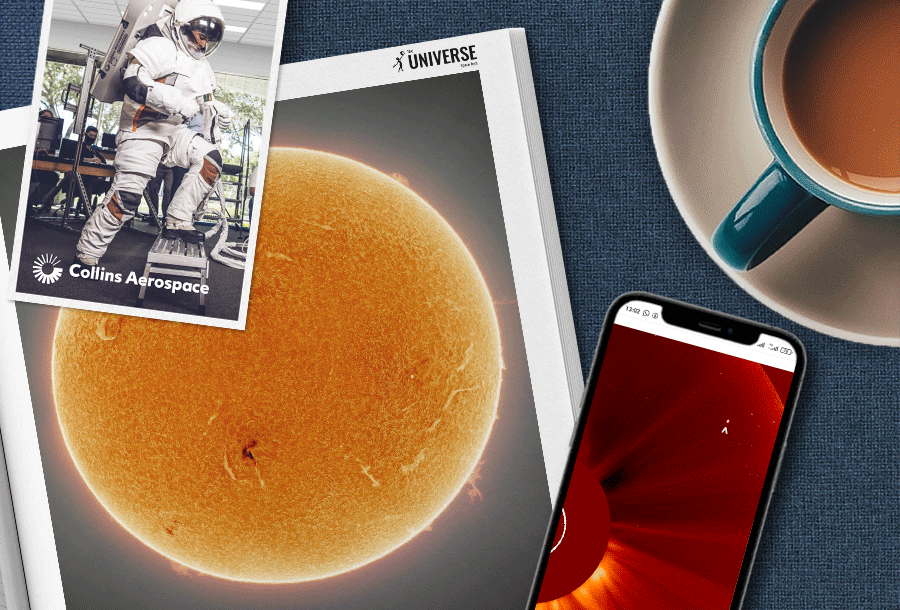
“The history of astronomy is the history of receding horizons”
― Edwin Hubble
SOHO Space Observatory photographed its own fragment
While studying the images taken by the SOHO Solar Observatory, astronomers noticed an unusual bright object that appeared in the field of view of its cameras and then abruptly “turned away” from the Sun. But, much to the disappointment of ufologists, it turned out that it was not a UFO or even Santa’s sleigh. In fact, SOHO photographed a piece of dust, which was a fragment of the telescope itself. It was knocked out as a result of a micrometeorite falling into its heat shield.
NASA orders new spacesuits for the ISS
NASA has signed a USD 97 million contract with Collins Aerospace. It stipulates the development of a new generation of spacesuits designed for the ISS crew. Under the terms of the contract, Collins Aerospace will have to provide a ground-testable version of the new spacesuit by January 2024. The agreement also provides for the possibility of its use for a demonstration exit outside the ISS in 2026.
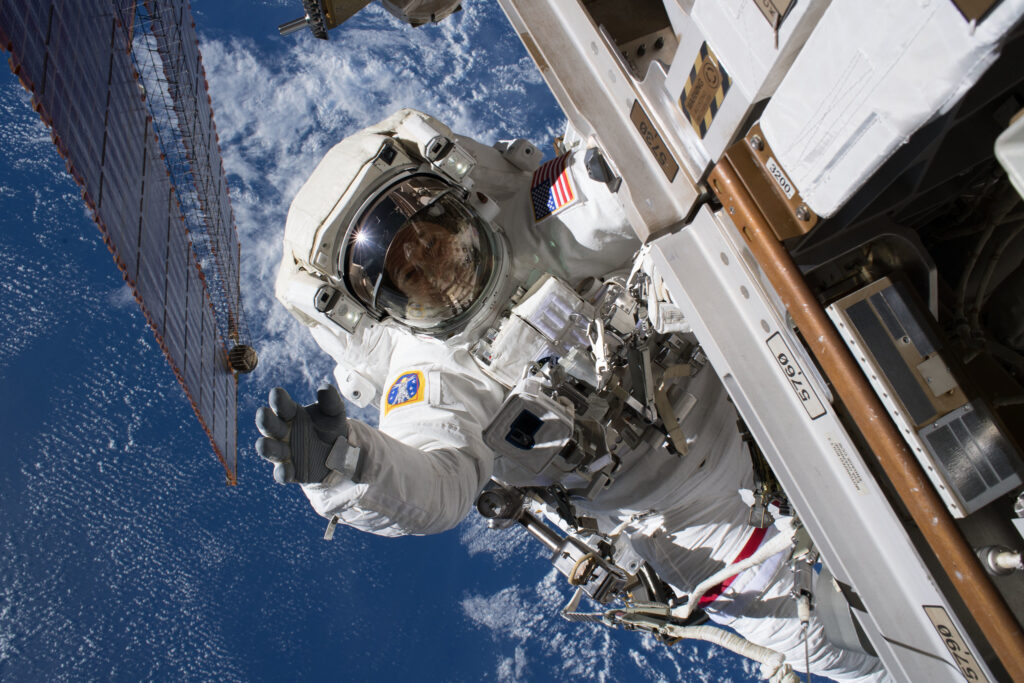
JWST sees stars near distant quasars
Thanks to the capabilities of the James Webb Space Telescope (JWST), astronomers were able to view stars from distant quasars for the first time. The light they emitted took over 13 billion years to reach Earth. The researchers hope that the JWST images will test existing hypotheses about the nature of quasars and help explain how black holes in the early Universe managed to gain so much mass so quickly.
China to build largest optical telescope in Asia
Peking University has unveiled plans to build Asia’s largest optical telescope, dubbed EAST. It will be located on the Tibetan plateau at an altitude of about 4200 meters. The construction of the telescope will take place in two stages. At the first stage, it will receive a segmented mirror, structurally very similar to the main mirror of JWST. It will consist of 18 hexagonal segments and have a diameter of six meters. At the second stage, the EAST mirror will be expanded by adding 18 new segments. This will bring its diameter to eight meters. It is expected that the construction of EAST will be completed by 2030.
NASA shows winter Mars (photo)
On the occasion of the winter holidays, NASA has published a series of photos taken by the MRO probe. They demonstrate winter on Mars. The images show frost-covered Martian dunes and crater slopes, as well as characteristic dark areas. They are formed as a result of the sublimation of dry ice, when jets of carbon dioxide escaping from under the surface raise geyser-like fountains of dark dust.
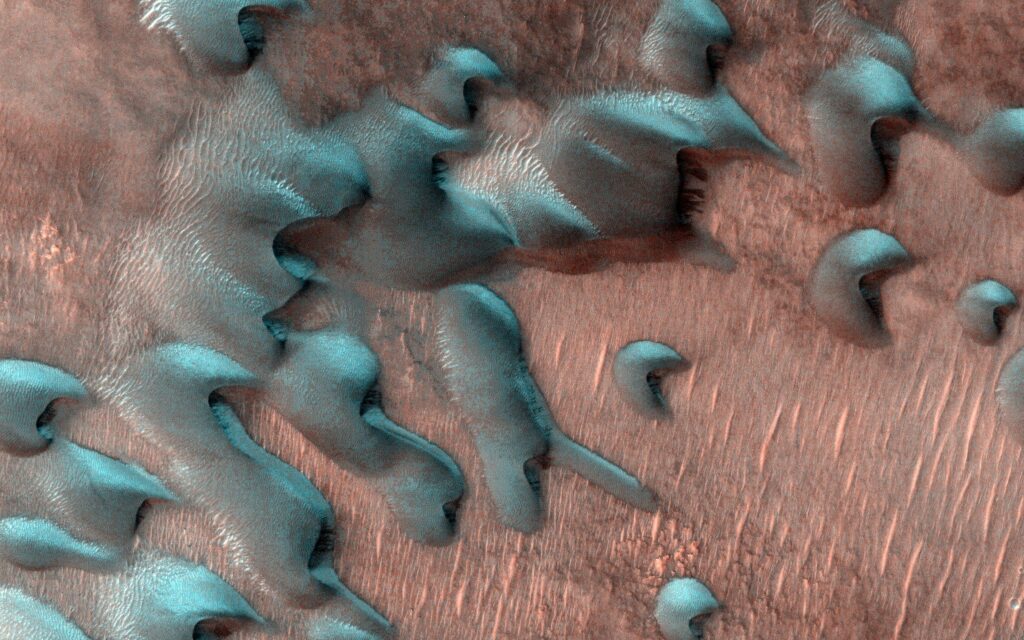
One of the photos also showed unusual polygonal formations at the Martian poles. They arose when water ice split the soil into polygons.
Photo of the week
Famous astrophotographer Andrew McCarthy published a new, very impressive image. This time he photographed our Sun. McCarthy’s image has a very high level of detail (its full resolution is 164 megapixels). On it you can see prominences, characteristic granules on the solar surface (they arise due to plasma convection), as well as a group of spots. Spots are formed as a result of strong magnetic fields entering the photosphere. They appear darker than the surrounding surface due to their lower temperature.
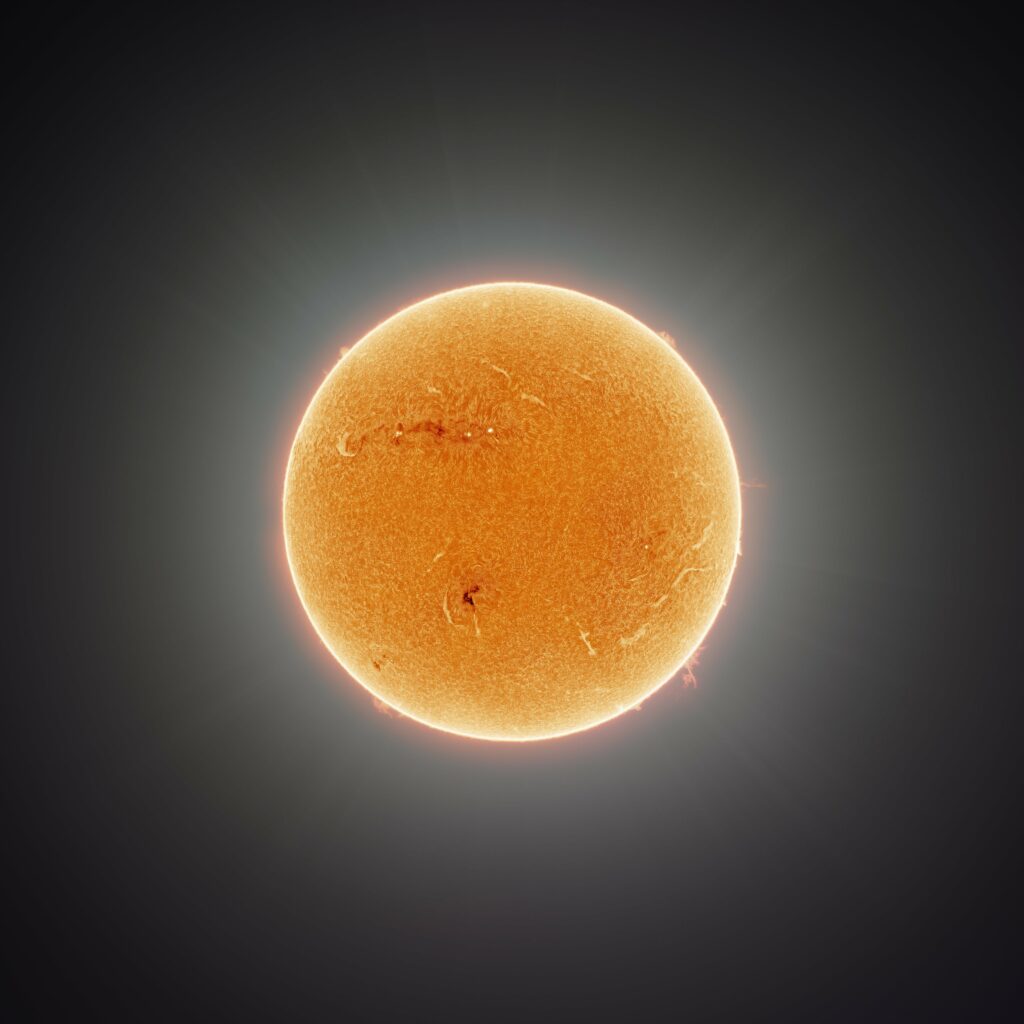
Interesting figure — 61 launches per year
On December 30, a Falcon 9 rocket was launched from the spaceport at the Vandenberg Air Force Base. It became the 61st and final space mission implemented by SpaceX in 2022, which became its new record. For comparison, for the whole of last year, the company carried out 31 launches.
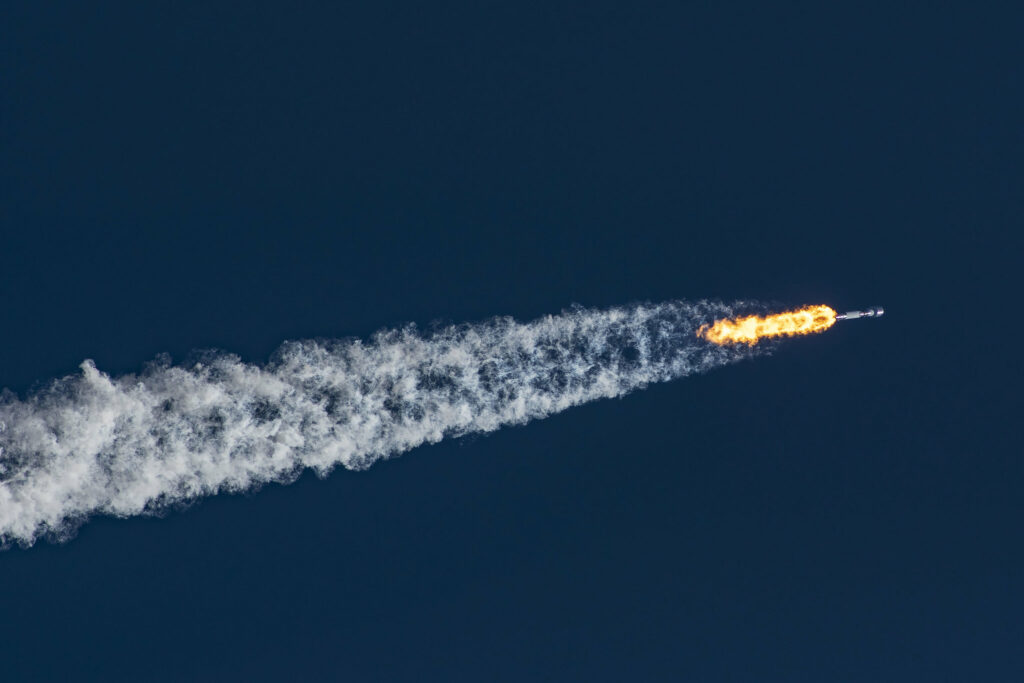
Something to read on the weekend
New Year is a time when everyone sums up. The editorial office of The Universe Space Tech is no exception. From our article you can learn about the ten main space events of 2022.
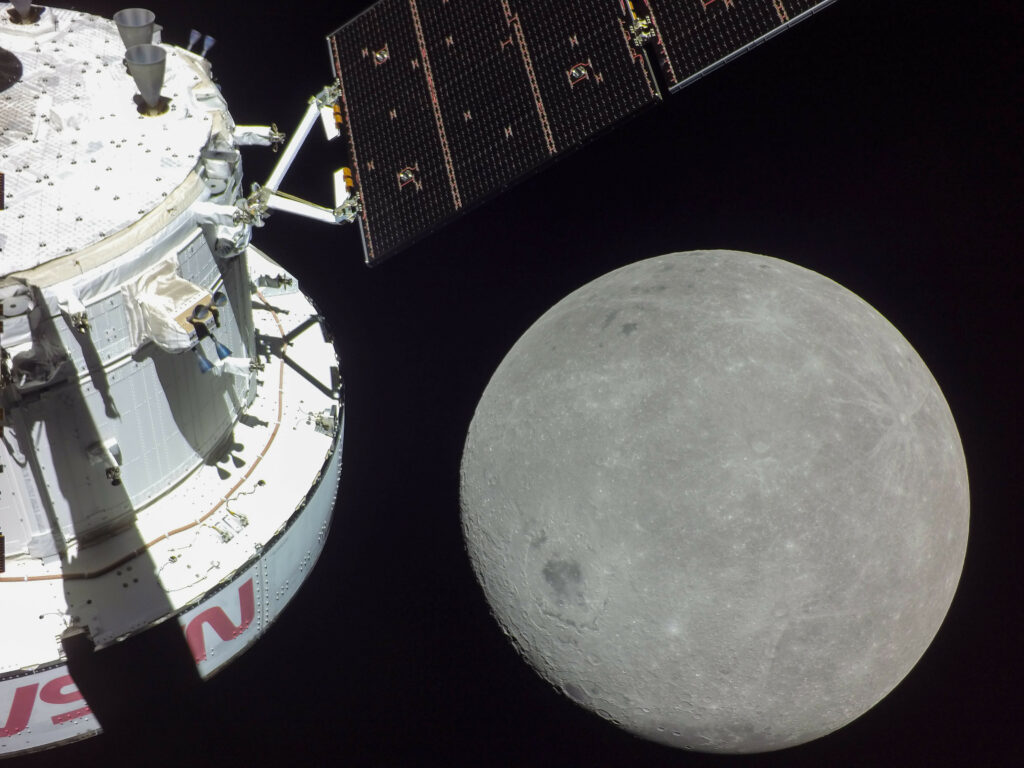
We also talk about how the seasons change on other planets of the Solar system and continue a series of materials about the confrontation between states in space (Part 5 “New players” and Part 6 “Political chaos“). And we also prepare for you a selection of the five best films and cartoons about space that you can watch with the whole family for the holidays.
Read also: The hole in the Soyuz and the end of the InSight mission: news digest
Follow us on Twitter to get the most interesting space news in time
https://twitter.com/ust_magazine

